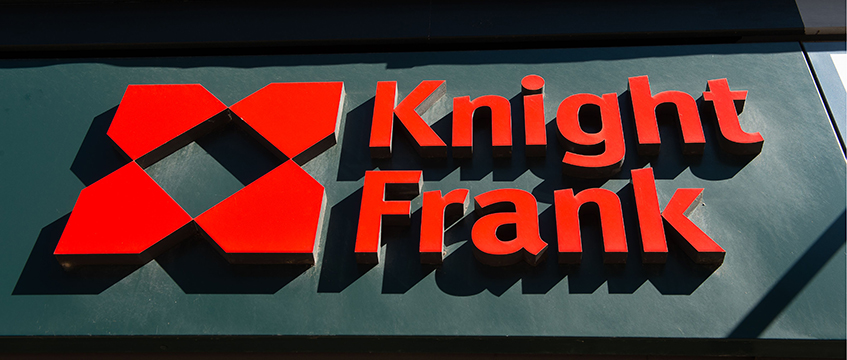Joanna Lampert and Michael Clarke reflect on the return of landlords’ rights for non-payment of unprotected commercial rent debts.
In March 2020, the government imposed a series of restrictions on landlords which, alongside other measures, were intended to minimise business failures resulting from the Covid-19 pandemic and protect employment. These measures, while providing a lifeline for many tenants, have had a significant impact on the ability of landlords to recover rent – even from tenants which are able to pay.
Alongside these restrictions, landlords and tenants have been encouraged to adhere to a non-binding code of practice in order resolve disputes in relation to unpaid rent. While most have done so successfully, there remains a significant number of disputes that have yet to be resolved. Tenants which are not eligible for additional protection that is being provided to businesses hardest hit by the pandemic (non-essential retail, restaurants and leisure businesses) may now find themselves on the receiving end of enforcement action by their landlords.
What happens now?
The moratoria imposed by section 82 of the Coronavirus Act 2020, which prevented forfeiture of leases for unpaid rent and the use of commercial rent arrears recovery (CRAR) came to an end at 11.59pm on 25 March 2022. Subject to new restrictions imposed by the Commercial Rent (Coronavirus) Act 2022, which came into force on 24 March 2022, landlords will now be able to forfeit leases for unpaid rent or exercise CRAR provided that the arrears in question are not “protected rent debt”.
Protected rent debt is unpaid rent and other sums that fell due during the “protected period” when premises were subject to mandatory closure requirements under the coronavirus legislation. For non-essential retail premises, the protected period is 21 March 2020 to 12 April 2021, and for restaurants, gyms, cinemas and other leisure premises the protected period is 21 March 2020 to 18 July 2021 (or 7 August 2021 in Wales).
Disputes in relation to protected rent debt are now subject to a mandatory arbitration scheme to determine whether the tenant is entitled to relief from payment, which may include writing off the whole or part of the debt, allowing further time to pay, or payment by instalments in order to preserve the viability of the tenant’s business, so far as that is consistent with preserving a landlord’s solvency. Landlords will remain unable to take enforcement action in relation to such debts until the conclusion of the arbitration process or for a further six months where a reference to arbitration is not made in that time frame.
For rent and service charge arrears which are not protected rent debt (and therefore ineligible for the arbitration scheme), landlords are now able to forfeit leases and use CRAR to enforce payment of rent. This remedy is available to landlords of offices and other premises which were not forced by law to close during the pandemic or, for premises benefiting from protection, where arrears have accrued since the end of the protected period.
Points to keep in mind
Forfeiture rights are governed by the specific terms of the lease, but almost all modern commercial leases contain a right to forfeit when rent is in arrears, provided that the landlord does not waive that right by acting in a manner consistent with the continuation of the lease once the right has accrued.
Landlords did not need to be concerned about waiver during the moratorium since section 82(2) provided that only an express waiver in writing would waive a right to forfeit. Therefore, demanding or accepting the March 2022 quarter’s rent prior to the lifting of the moratorium did not operate as a waiver, but doing so now or at any time since the moratorium was lifted will waive a landlord’s right to forfeit for pre-March 2022 arrears.
Forfeiture may be by a bailiff peaceably re-entering the premises and changing the locks, which has the immediate effect of bringing the lease to an end, or by the commencement of possession proceedings, which has retrospective effect once a possession order is made.
Tenants may be entitled to relief from forfeiture and reinstatement of the lease provided that they pay “all rent in arrears” together with the landlord’s costs and expenses. Whether payment of all arrears is actually required will vary from case to case depending on the circumstances of the forfeiture. Relief from forfeiture can only be ordered by the court and a forfeit lease cannot be restored simply by agreement between the parties.
Landlords which are considering forfeiting a lease will need to be mindful of the reletting prospects for their premises, and the liability for empty business rates three months after a lease is forfeit if premises are not relet. They will also need to make arrangements to ensure that premises are secure and not at risk from trespassers.
In addition to forfeiture, landlords are now entitled to recover unprotected rent debt using CRAR, a process by which a bailiff can seize goods on the premises subject to prior written notice being given. Seized goods can be sold and the net proceeds of sale, after deduction of costs, applied against rent arrears.
On 1 April 2022, restrictions on the use of statutory demands and the commencement of winding up and bankruptcy proceedings will also be lifted for debts which are not protected rent debt. While the insolvency regime is not intended to be used for debt collection, where a tenant has built up substantial arrears and is unable to pay those debts, insolvency proceedings may be appropriate.
Joanna Lampert is a partner and Michael Clarke is an associate at Mishcon de Reya LLP










